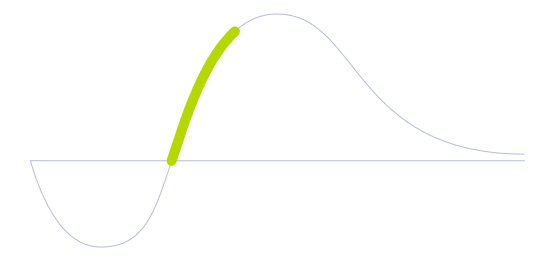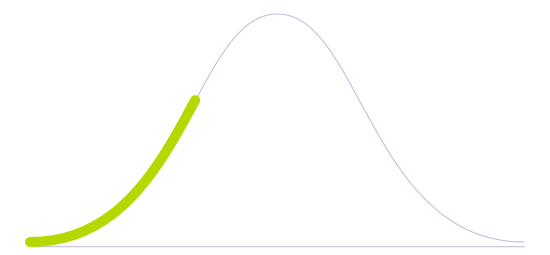Vertical Farm

Technology Life Cycle
Marked by a rapid increase in technology adoption and market expansion. Innovations are refined, production costs decrease, and the technology gains widespread acceptance and use.

Technology Readiness Level (TRL)
Prototype is fully demonstrated in operational environment.

Technology Diffusion
Embrace new technologies soon after Innovators. They often have significant influence within their social circles and help validate the practicality of innovations.

Towers, high buildings, or shipping containers are used as urban gardens or greenhouses for in-city or near-city farming. The facility is mostly automated, and the vertically stacked movable trays of produce are nurtured with the right amount of light, water, and nutrients at the optimal temperature and humidity. A specific software makes these measurements based on relevant data acquired by sensors. This high level of precision allows for increased crop yields while using no pesticides and less water, as vertical farms can recapture and recycle water. Vertical farms also aim to reduce the distance crops have to travel compared to remote farming.
By naturally reducing CO2 and the cost of food transportation with the use of symbiotic solutions, vertical farms could provide a sustainable and local choice not only by helping eliminate food deserts but also by helping tackle urban pollution issues coming from transportation and supply-chain logistics. As water, nutrients, and energy are allocated and circulated, vertical farms open up the future for greener urban development on a scale never seen before.
This solution could create conditions for people to eat more fresh and nutritious food based on short food supply chains and reduce the amount of food that is either lost or wasted. However, the most significant obstacles in implementing vertical urban farms include economic feasibility, zoning codes, energy consumption, regulations, and a lack of expertise in running a facility that relies on software and machine-generated light to function.
Future Perspectives
To achieve food security in the coming years, we must accelerate and scale up actions to strengthen the resilience and adaptive capacity of food systems and people’s livelihoods. By growing food in places previously considered unsuitable for agriculture, urban politics could promote sustainable urban development focused on food security.
Within the complex system of a vertical farm, everything from water to nutrition, sunlight, temperature, and air quality would be measured and controlled autonomously. In the future, these complexes could function as housing for people living in cities, with the possibility of merging food production with consumption. The human living space might be more intertwined with plants and organized according to climatic zones, thus reframing traditional living mindsets. Besides that, by the insertion of pollinator-friendly plants, these places will be able to help such species increase their populations.
These farming systems could also become an excellent opportunity to make use of existing urban spaces like abandoned buildings once their structures could one day become indoor farms. Hence, if managed by a local community, places like old factories or warehouses could help communities come together for a commonwealth, thus prioritizing the food needs of a specific area instead of a whole city.
Image generated by Envisioning using Midjourney